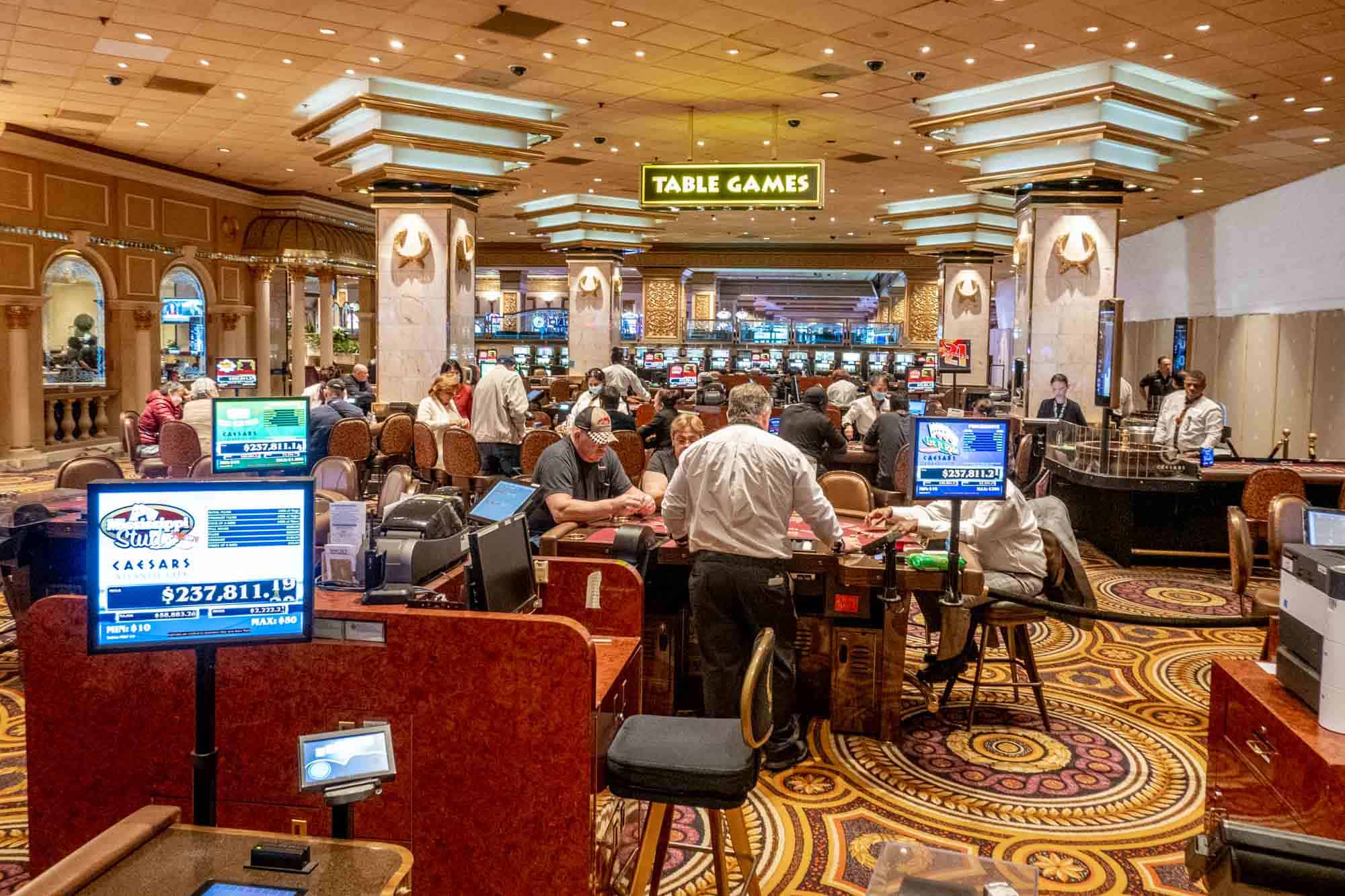The history of slot machines is a mesmerizing adventure that parallels the development of recreation and gambling throughout the generations. Beginning in their humble origins in the 1890s to growing into a staple in casinos around the globe, these games of chance have gone through significant transformations. Casino slots games have enthralled players with their vibrant graphics, enticing themes, and the hope of transformative jackpots.

Initially designed as mechanical instruments with turning cylinders and limited images, slot machines have evolved into advanced tech-based games that incorporate innovative features and engaging features. Currently, they welcome millions of players, each wanting to strike it lucky with just the lever pull of a handle or the touch of a tap. Delving into the captivating background of these machines discloses not just the story of a popular activity, but also a mirror of societal changes and tech developments over the decades.
The Beginnings of Slot Machines’ History
The story of slot machines begins in the final years of the 19th century, a time when machines were becoming popular in places of amusement. A groundbreaking slot machine came into existence by Charles Fey in 1895, referred to as the Liberty Bell. It featured 3 spinning reels and 5 symbols: hearts, diamonds, spades, a horseshoe, and the legendary Liberty Bell. Players pulled a lever to spin the reels, and if the symbols matched in a particular combination, they would win a payout. Fey’s invention rapidly captured the attention of gamblers and set the foundation for future developments in casino slots games.
As the concept of the slot machine gained traction, various inventors sought to improve upon Fey’s design. By the early 1900s, slot machines were becoming a common sight in saloons and amusement parks. In 1907, the first electromechanical slot machine was introduced by Herbert Mills, which featured a more intricate system of payout mechanisms and the iconic fruit symbols that are still linked to slots today. This evolution marked a major shift in the gaming industry, as machines became more engaging and user-friendly, drawing in more players.
The popularity of slot machines remained high throughout the first half of the 20th century, resulting in their extensive use in casinos across the United States. However, as legal restrictions on gambling during the Great Depression presented challenges for the industry. Many machines were outlawed, but this did not stop innovators. Instead, they adapted by creating machines that gave out candy or gum instead of cash prizes, effectively bypassing the restrictions while still providing the thrill of a casino slots game. This ingenuity kept the spirit of gambling alive, setting the stage for the future resurgence of slot machines in modern casinos.
Development of Casino Slot Technology
The history of slot machines commenced in the closing 19th hundred years with the debut of the early mechanical machines. Charles Fey, a San Francisco engineer, introduced the first slot machine in 1895, which featured three rotating reels and five images: heart shapes, diamonds, spades, a horseshoe, and the Liberty Bell itself. This basic yet enthralling appearance laid the basis for the future of slot games, creating an immediate draw for gamblers looking for fun and a shot to earn.
As tech advanced, so did the appearance and operations of gambling devices. By the central 20th era, electronic mechanical machines surfaced, incorporating electronic elements to improve gameplay and increase payout opportunities. These advancements enabled for greater complexity features like several paylines and bigger jackpots. The gambling venues embraced these innovations, resulting in the growth of casino slots as a major contributor of profits within the gambling sector, radically changing the slots gaming experience.
The late 20th and beginning 21st centuries brought the age of digital technology, causing the introduction of video gambling machines. Tỷ lệ kèo bongdalu5.ink These devices changed out traditional reels with screens, allowing even more creativity in themes and gameplay systems. Gamblers could now appreciate engaging graphics and sound effects, along with involving bonus rounds. The shift to internet gambling further transformed the gambling world, rendering slots accessible to a global market anytime and anywhere, thus marking a new era in the progression of gaming machine advancements.
The Cultural Impact of Gaming Machines
Slot machines have become more than just a form of entertainment; they have woven themselves into the fabric of mainstream culture. From movies and TV series to music and literature, these iconic gaming machines often serve as emblems of luck and gambling. Films like Casino and Ocean’s 11 notably highlight slots, depicting them as exciting yet uncertain elements of the casino atmosphere. Their distinct attraction lies in the noise of coins falling, the revolving reels, and the bright flashing lights, which in unison create an exhilarating atmosphere that captures attention.
Moreover, slot machines have shaped social gatherings and events, making them a focal point in casinos and gaming venues. Many people do not just visit a casino to gamble; they attend for the entire experience, which encompasses the social interactions and the vibrant ambiance surrounding these machines. Special tournaments and themed gaming nights centered around these games also showcase their popularity, fostering community engagement and shared experiences among players. This community aspect has contributed to the machines’ enduring popularity.
The advancement of technology has also changed this cultural impact. Digital and online slots have expanded access to these games far beyond the walls of physical casinos. Players can now get their favorite casino slots game from home or on the move, leading to the rise of virtual forums and discussion boards where enthusiasts share strategies and experiences. The ongoing innovation in game design and the integration of storytelling have kept the cultural importance of slot machines alive, attracting younger audiences while maintaining a connection to their cultural roots.